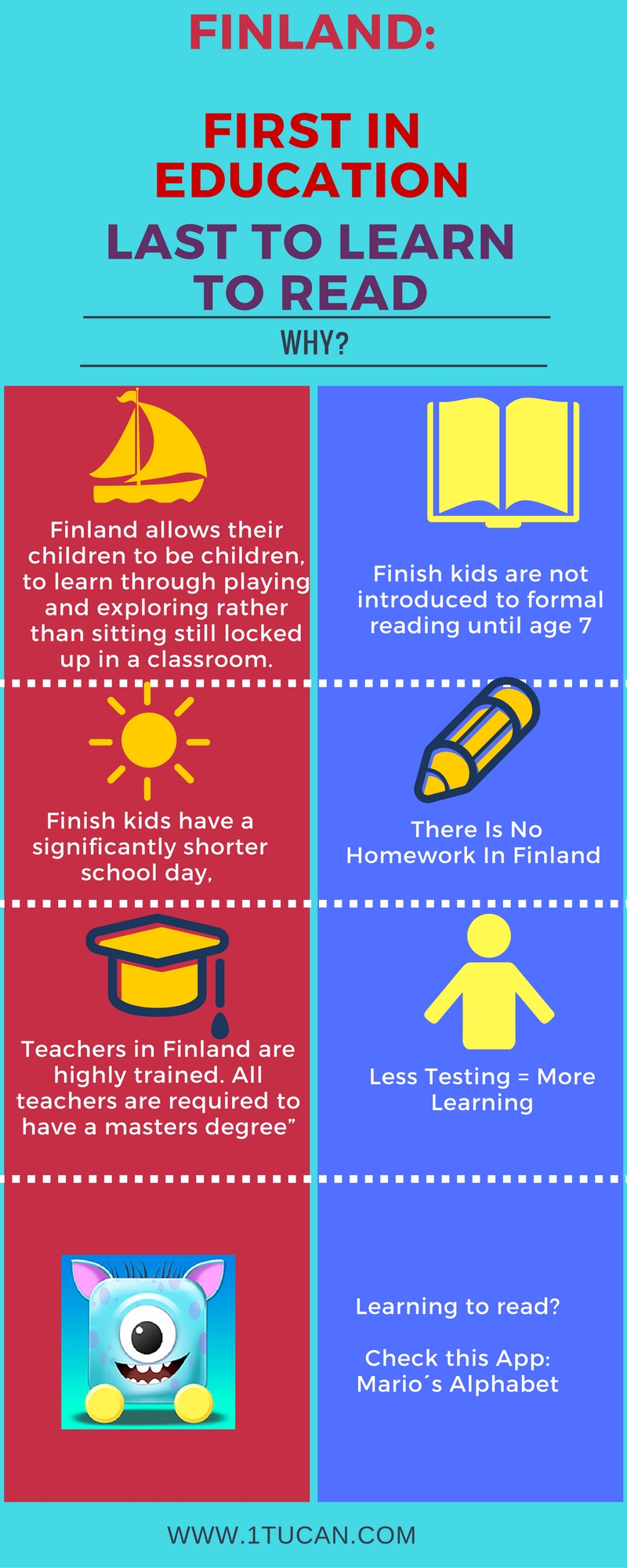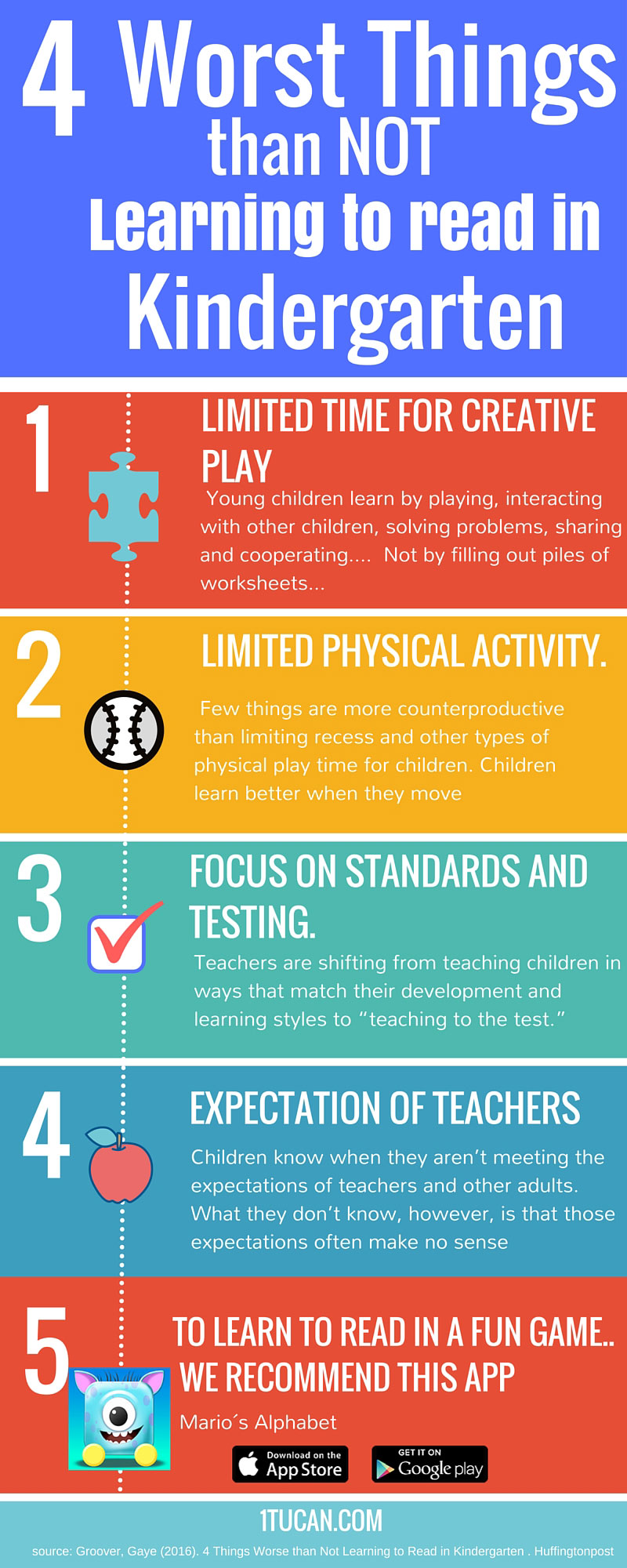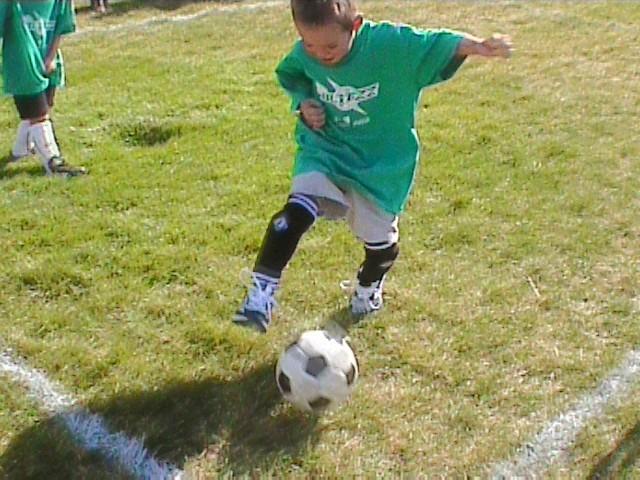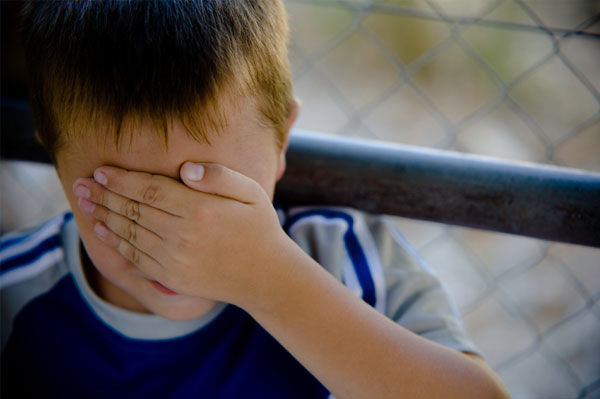


Why Is Finland Education System so Successful?
The country’s achievements in education have other nations, especially the United States, doing their homework. So, what is the difference? If the instruction in secondary mathematics is the same or sometimes worse than those found in the US, why are Finnish students succeeding and ours are failing? Here are 11 reasons!
In Finland, less years are spent in school
Whereas in the US children start Kindergarten at four or five, in Finland education system they don’t start school until the age of seven. That’s right, seven years old!
Before this, they are already learning, but through play, instead of sitting in a formal classroom. This means that, by the time they do start formal schooling, they’re developmentally ready to learn. They then spend only nine compulsory years at school, after which they choose their path from three options:
PPQ Secondary School – Finland Education System
(an option chosen by less than 40 of students) is a three-year program which lets students choose a specialist secondary school, depending on what course they’d like to take in college. It’s really a mixture of high school and college.
Vocational Education
– Finland Education System
(an option chosen by a little under 60% of students) is a three-year program, at the end of which students can choose to either go on to university, but most of the students who choose this option are usually content to either go straight into the workforce, or study at a polytechnic college. Oh but wait, I hear you cry, what about learning economics? Or calculus? Don’t these students need to learn those as well? Not necessarily; what if we flip the situation around, and students whose talents in other areas, which aren’t necessarily academic, could be nurtured? What if they were really made to feel valued in the education system? Hmm… something worth thinking about.
Option three is to go straight into the workforce, which is chosen by less than 5% of students.
The Finnish school day is shorter that in the US
It’s not just the total number of years you spend in school, but the total number of hours every day, which are different in Finland. Typically, the school day in Finland education system begins between (8.00AM , and the day ends between 2.00PM ; this means an average of three to four classes per day. There are also plenty of breaks built in, so that both students and teachers are well-rested, and can therefore learn and teach to the best of their ability.
Less teaching hours Means More Time To Plan
It’s not just the students who benefit from shorter schooldays – teachers do as well. According to the Organisation for Economic Cooperation and Development (OECD), a teacher in Finland will spend an average of 600 hours per year in the classroom – that’s four or less lessons per day. By contrast, US teachers spend about 1080 hours in the classroom – that’s an average of six or more lessons per day.
As well as this, both students and teachers are only expected to physically be in school when they have classes; so, if you don’t have your first class until 11AM, which can happen with the varied timetables in Finland, then you don’t have to come in until that time. This system allows teachers to put more time into planning interesting, engaging lessons.
Finnish Students Don’t Get a Different Teacher Every Year
In the US, students are used to having different teachers each year – but in Finland Education system, that’s not the case. Some teachers can have the same group of children for between three and six years. That’s right, six years!
This is of benefit to the teachers, as they can learn how each child learns best, and they can identify and deal with any behavioural problems or other issues as soon as they arise – rather than “passing the buck” to the next teacher. It also lets the teacher build on what the children have learned in the previous years, rather than having to pass the information on to a different person each year, meaning they can create a more linear and holistic curriculum.
It also benefits the children, who build up a longer relationship with one teacher, as opposed to getting used to a new person each academic year.
Fewer Teachers Make the Grade, so parents have more Confidence In Them
It would be reasonable to worry that, since your child has the same teacher for three to six years, they might get a ‘bad teacher’, and the be stuck with them.
However, this is almost never the case, because primary teaching is THE most competitive degree to get into in the country. In fact, only about 20% of those who apply actually get a place.
This is because parents put a lot of trust in their children’s teachers – where an American teacher might get five or six emails a day from parents, one teacher I spoke to said they only get five or six a year! This is because parents generally leave the teacher to do their side of the work, and don’t interfere. This doesn’t mean that there is no communication between parents and teachers, it just means there’s a very high level of trust in, and respect for, these hand-picked professionals in education.
Finnish Students Get More Breaks
As I’ve already mentioned, both students and teachers have fewer classes per day than their US counterparts. This means they also have more breaks.
For students, it lets them get outside, move around, and get their brains and bodies active. Study after study has shown that the more children can move around, the better able they are to learn. So, instead of unfocused, ‘hyper’ students who go straight from one class to the next, Finnish students have more time to #relax# between classes, with the result that they can be more focused.
These frequent breaks also benefit teachers. When I was in Finland, I was shown to the ‘teacher’s room’, which used to be the ‘Teacher’s lounge’ in the US, but which is now a think of the past, because US teachers don’t have time to take frequent breaks.
However, what I found in Finland Education System was very different: every school has a ‘teacher’s room’, with comfortable furnishings, plenty of space, and sometimes fruit and coffee. It’s an ideal space for teachers to plan lessons, grade papers, or just to take a moment to relax.
There’s Less Emphasis on Testing, and More On Continual learning
Just imagine\7/ all\7/ t\7/he exciting, interesting things you could do with your students, if your pay wasn’t directly related to their performance on tests, and if tests weren’t constantly hanging over your and your students’ heads. Imagine just how much fun and how much more engaging you could make your lessons!
Though testing does still take place in Finland, teachers aren’t as constrained by it as they are in the US. Instead, they have the overall goal of teaching the curriculum, but with less pressure from huge amounts of standarised testing, teachers can try new ideas, take more risks, and teach lifeskills which will benefit the children throughout their lives.
Finnish teachers have fewer topics to teach, so they can give more detail
Just looking at math alone: students in Finland learn the same amount between fifth and ninth grade as US students learn in ONE year! Yes, I said one year. That’s what I realised when I observed teaching in Finland. In the US, we’re packing so much work into our math lessons that we have to introduce a new topic on average every two days, which puts a hige amount of pressure on us as teachers and on students. No wonder some students give up!
Fin’nish Students Get Less Homework, So Can Participate More
Accroding to the OECD, Finnish students spend, on average, just half an hour per night on homework. Half an hour! That’s the shortest amount of time in the world. Even more interestingly, Finnish students are outperforming Asian students, who often have hours of extra tuition/classes per week.
So why is that, you may ask? Well, from my observations, students get a lot of work done in class – even the ones who weren’t listening will put away their phones when a task is set, and work on it diligently. The teachers firmly believe that what students get done in class is enough, because they do get the work done in class.
Finnish Students Get More Individual Attention
This is obviously a good thing. In Finland, teachers see between 60 and 80 students per day, whereas in the US I see around 180 students per day – that’s a big difference.
Having Less Structure Equals More Trust
Trust is the key element in this whole structure and whole system. So, instead of having a ton of hoops to jump through and a ton of tests to administer, teachers are trusted to teach, in the best way they see fit. This chain of trust is seen right through society, and is very prevalent in our education system.
In all of this, one thing is sure: trust is a very good thing, and is a key part of the education system, and it works.







